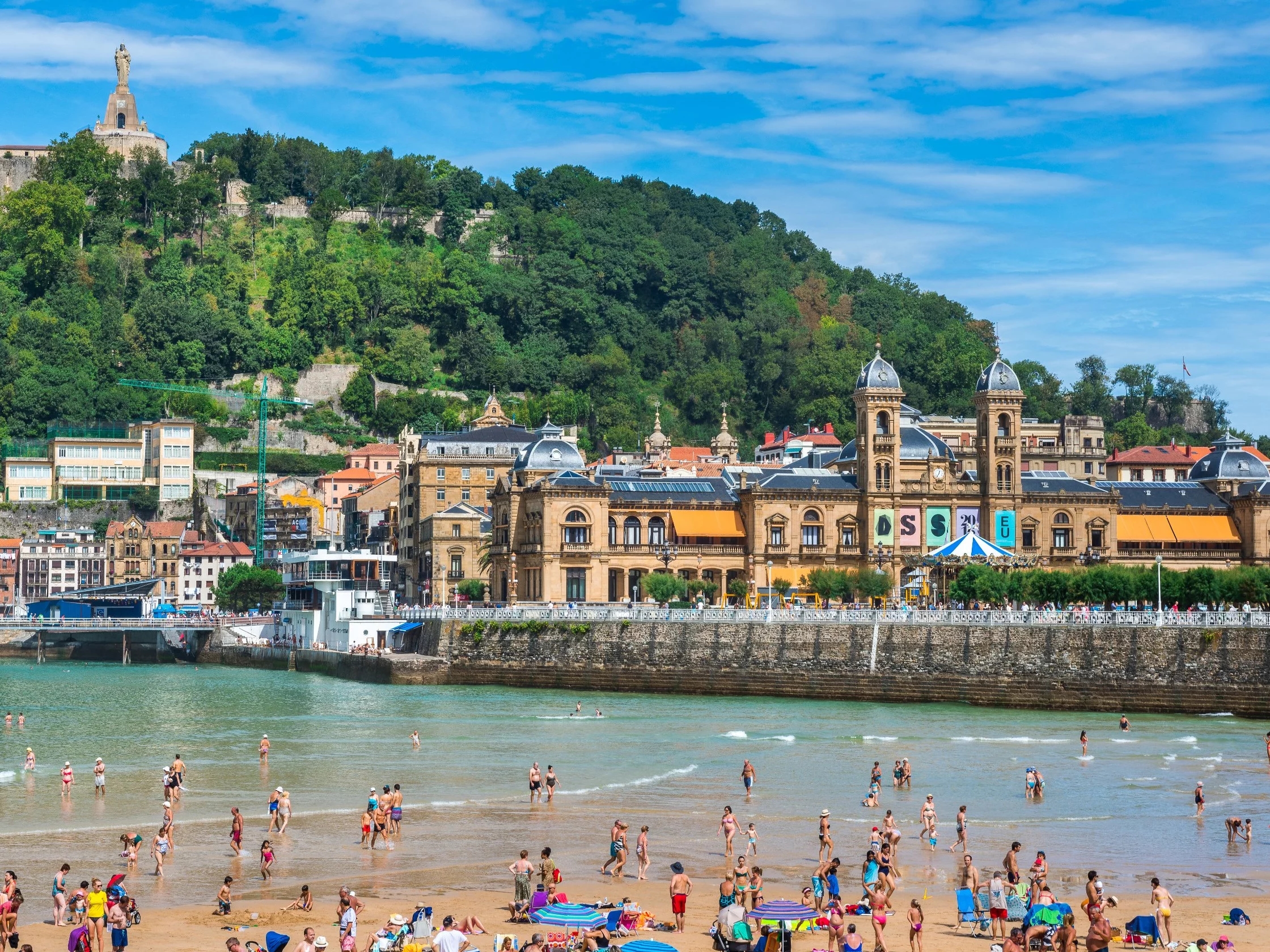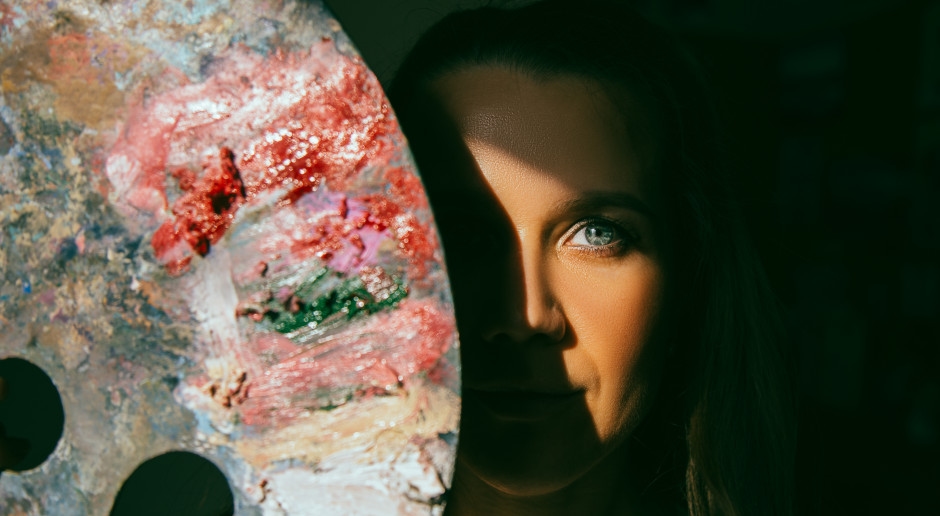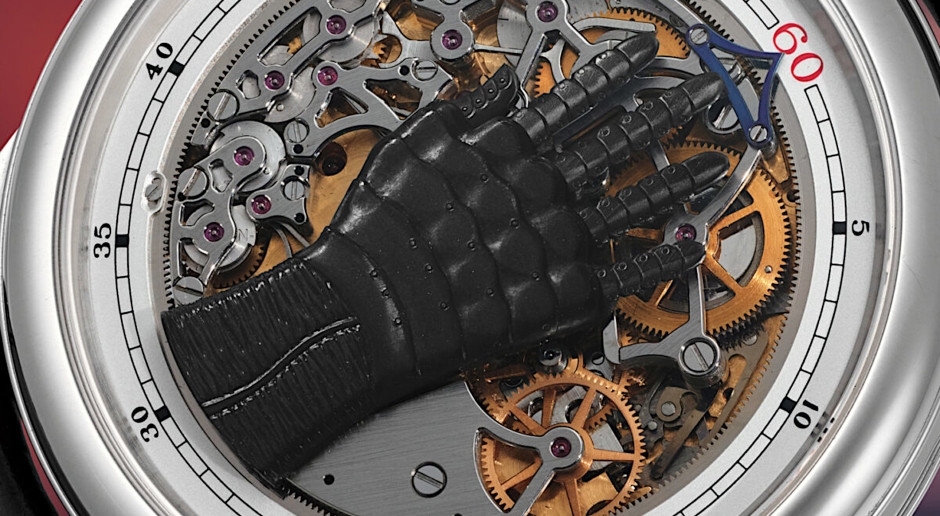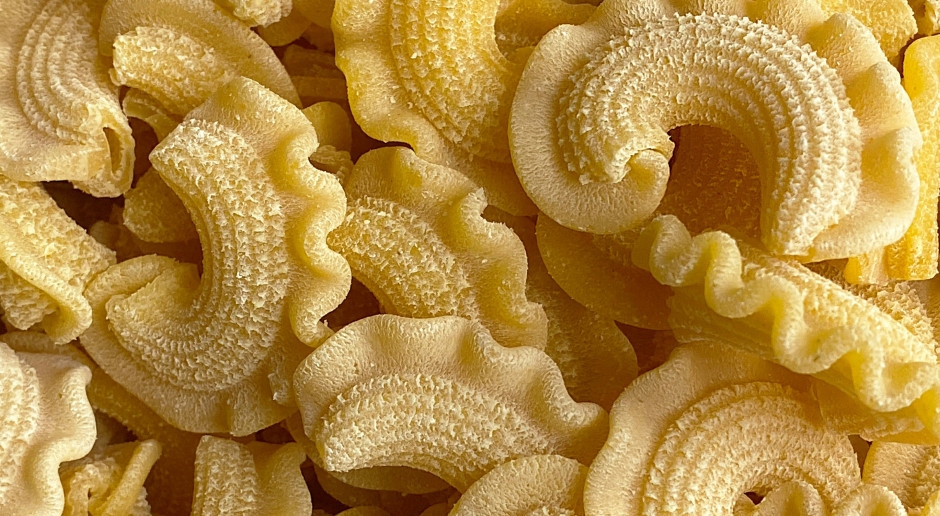Forget Barcelona and Madrid. This region of Spain is an undiscovered gem.
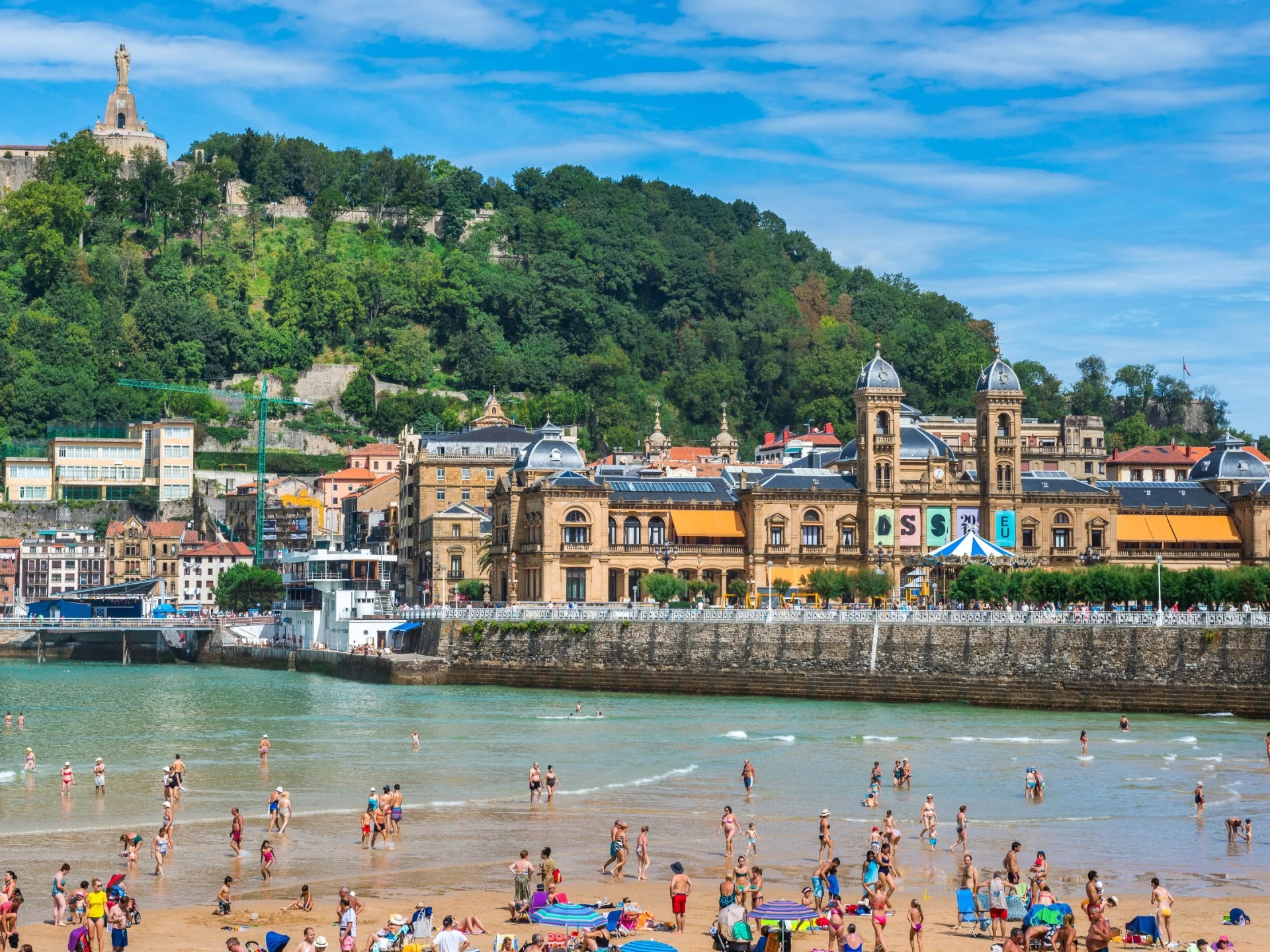
Located in northern Spain, the Basque Country, or Euskadi in the local language , is a somewhat unconventional and mysterious place, where mass tourism has yet to arrive and leave much of a mark. Here, tradition meets modernity at every turn.
This region is incredibly diverse – in terms of landscapes, culture, and architecture. It boasts vibrant cities (including Bilbao and San Sebastian), picturesque coastlines, lush mountains, and charming fishing villages where time seems to have stood still.
The Basque Country and its difficult historyThe Basque Country is a different world in the heart of Spain. The region is distinguished by its own language, culture, and unique traditions. This is not the Spain we know from guidebooks. In the Basque Country, you won't hear flamenco or see bullfighting.
The climate is also somewhat different from, say, Andalusia, so it can be rainy, especially in spring and autumn. The weather can throw up surprises – African heat and cloudless skies aren't guaranteed. You won't hear the traditional "Hola" on the streets, but "Kaixo." The Basque language (euskara), the only unrelated language in Europe, is one of the most important elements of local identity.
When discussing the Basque Country, it's impossible not to mention its difficult history. During Francisco Franco's rule, residents increasingly began to develop a sense of cultural separation from the rest of Spain. The regime's decisions to restrict local traditions and symbols only intensified nationalist sentiment.
In 1959, the terrorist organization ETA was founded, demanding independence for the region. Its members were responsible for a series of bloody attacks. Although ETA formally ended its activities many years ago, separatist sentiments have never entirely subsided. Numerous examples of emphasizing independence from Spain can still be found in many Basque towns.
Basque cheesecake and Michelin starsThe cuisine of northern Spain is a true feast for the senses. It combines a variety of flavors, the freshness of local produce, and a creative approach to cooking, attracting food lovers from around the world.
The Basque Country boasts one of the highest percentages of Michelin-starred restaurants per capita in the world. Basques are renowned for their excellent cuisine, not only fine dining but also iconic pintxos (tapas), marmitako (a fish soup made with tuna, tomatoes, and peppers), and txangurro (crab baked with onions and tomatoes). Traditional dishes are accompanied by txakoli (Basque white wine).
Sweet lovers should definitely try the cuajada, a milk dessert reminiscent of crema catalana gouxa, or the shortbread biscuit with pastel vasco cream. It's also worth noting that it was in San Sebastian, specifically at the La Vina restaurant, that the famous Basque cheesecake was created.
San Sebastian, the pearl of the Basque CountryThe Basque Country's small size means you can explore a wide variety of places, even on a short trip. San Sebastian (or Donostia in Basque) is one of its local gems. Situated on the Bay of Biscay, just a dozen or so kilometers from the French border, it's known for its elegant beaches (including Zurriola, perfect for surfing), its unique seaside resort atmosphere, and its extraordinary Belle Époque palaces.
And also for its exquisite cuisine. San Sebastian is considered one of the culinary capitals of the world thanks to its numerous Michelin-starred restaurants. Art lovers will also find something to enjoy, as it hosts the prestigious International Film Festival every September, featuring the biggest stars of world cinema.
The city was also recognized in the prestigious "Readers' Choice Awards" poll , organized by Conde Nast Traveler magazine. San Sebastian was ranked second in the ranking of the friendliest European cities. "This place offers much more than cuisine. Its secret lies in its people, who pride themselves on their openness. Add safety and a friendly atmosphere, and you have the perfect city," the poll organizers praised.
Bilbao. From Industry to Cultural CenterTyping "Bilbao" into an internet search engine often leads to the impression that it's a typically industrial city with little to offer. Nothing could be further from the truth. Bilbao combines Basque tradition with a cosmopolitan character.
The best example is the Guggenheim Museum, designed by Frank Gehry and well-known to any architecture enthusiast. This futuristic titanium and glass structure attracts millions of tourists annually and has spawned a phenomenon known as the "Bilbao effect." It's a prime example of how modern architecture can revitalize an entire city.
"Bilbao has undergone a massive transformation from an industrial center to a cultural hub. Despite this, the city has retained its authenticity and unpretentiousness. Although there are over a dozen Michelin-starred restaurants here, when you ask the locals who cooks best, the answer is always "mom or grandma." This attachment to roots and tradition is strongly emphasized here at every turn," explains Anna Pacek, a Polish guide who has lived in the Basque Country for over 20 years.
She emphasizes that although Bilbao is formally part of Spain, both the city and the entire autonomous community of the Basque Country pride themselves on having their own distinct culture. "This identity is deeply rooted. The Basques deeply value their distinctiveness. They are proud to present their history and customs to tourists, to be able to show themselves. They have a great desire to share their experiences," adds Anna Pacek.
Bilbao is home to the stunning Casco Viejo Old Town, the breathtaking view from Mount Artxanda, and the modern banks of the Nervion River. It's also worth noting that it's also home to one of the most successful clubs in the Spanish La Liga, Athletic Bilbao. The team is known for allowing only players of Basque descent to play for its colors.
Vitoria Gasteiz, the undiscovered capitalAlthough Vitoria Gasteiz is the capital of the Basque Country, it's practically unknown among tourists. The city gained a brief popularity after Ken Follett featured the local Cathedral of Our Lady in his novel "World Without End." However, you'll hardly encounter any tourists on the streets or in the local bars.
And the Basque capital definitely has something to be proud of. It's home to one of the most beautiful and best-preserved medieval old towns. It's spread over several levels, accessed by steep, narrow streets. The old town is full of charming corners, Renaissance palaces, and neoclassical churches.
Vitoria Gasteiz is also the seat of the region's most important institutions – the Basque Parliament and Government. The city strongly emphasizes sustainable tourism and environmental protection. It is no coincidence that the capital of the Basque Country was awarded the title of European Green Capital in 20212, and seven years later, the title of Ciudad Verde Global.
The Basque capital also boasts a rich musical tradition, best exemplified by the International Jazz Festival, one of the oldest and most prestigious in Spain. It's also renowned for its numerous fiestas. Every August, the famous Fiestas de la Blanca, in honor of the Virgin Mary, takes place. This multi-day celebration features parades, concerts, and competitions, providing a unique opportunity to experience Basque culture.
Rioja Alavesa. A Wine Lover's ParadiseRioja Alavesa is approximately 110 km from Bilbao. This region is a paradise for all wine lovers, combining artisanal tradition with modernity. It is here that some of the famous Rioja wines are produced. Thanks to its geographical location between the Sierra de Cantabria mountains and the Ebro River, this part of the province has a unique microclimate that allows for viticulture. Vineyards stretch across the hills, creating picturesque landscapes that are especially captivating in autumn.
It's in this part of the Basque Country, specifically in Elciego, that the famous Bodega Marqués de Riscal is located. Designed by Frank Gehry, the same architect who created the Guggenheim Museum Bilbao, the building resembles a billowing ribbon of titanium and is one of the region's most recognizable symbols.
Each Basque town has its own unique character, but what unites them is pride in their identity and a deeply rooted sense of individuality, as well as a strong attachment to local history and traditions.
The Basque Country is compact, so it's easy to travel between mountains, cities, and beaches. In one day, you could, for example, catch waves surfing in the morning, then hike one of the scenic trails, and then finish the day by trying pintxos at a local restaurant, which are plentiful in vibrant Bilbao and San Sebastian.
Euskadi combines tradition with modernity and is the perfect choice for those who appreciate beautiful landscapes, authentic culture and love good food.
The text was written after the presentation "Euskai Basque Country – MICE" organized, among others, by the Office of the Tourism Counselor of the Spanish Embassy, during which the advantages of the region were discussed.
Read also: Poles run a restaurant on a car-free island. "This isn't Władysławowo." Read also: Everyone dreams of an all-inclusive resort in the fall. It's supposed to be up to 28 degrees Celsius.
Wprost

